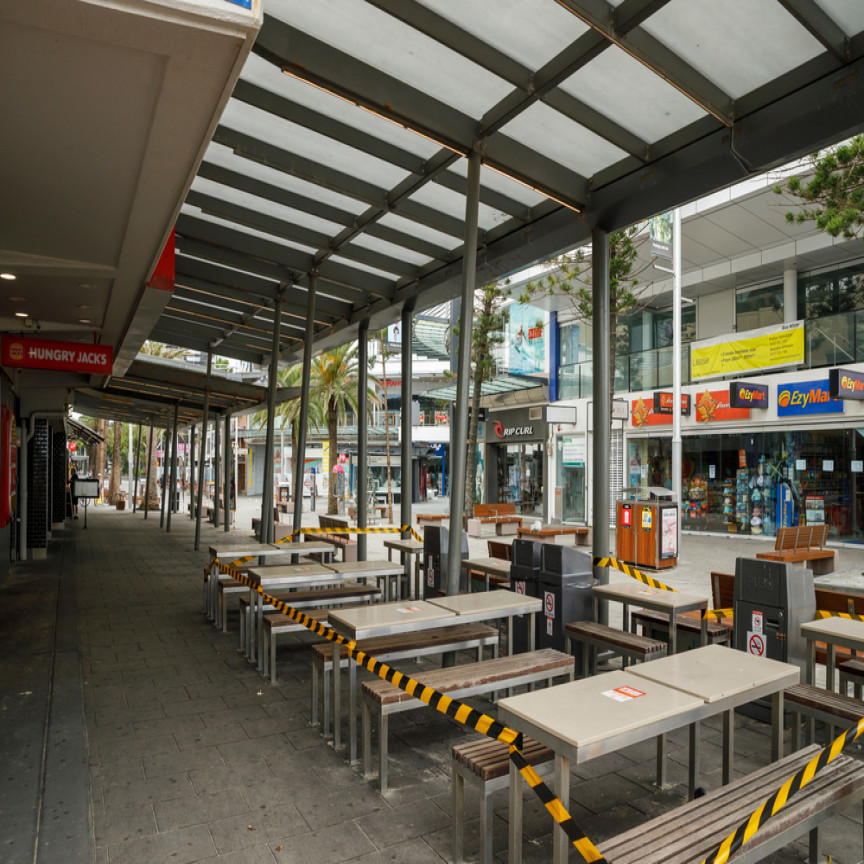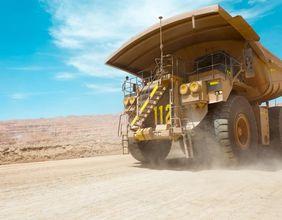As nations across the globe are working towards flattening the curve of COVID-19, a few countries plan to eliminate COVID-19 entirely and have eased the lockdown restrictions. Some states in Australia are starting to loosen up some restrictions, as the local rate of new infections reduces to just 1% per day as compared to 25% per day, reported a month ago.
Globally, there have been over 3 million confirmed cases of COVID-19, including more than 2 lakh deaths till now. In Australia, there have been ~6.7k confirmed cases of COVID-19 with 88 fatalities.
The most crowded state of Australia New South Wales is going to relax some restrictions on movements, such as beaches have been reopened amid the hopes that a plan of widespread medical testing and launch of social distancing app will help sustain a drop in new cases of the COVID-19.
ALSO READ: Government model suggests Australia on course to eliminate COVID-19
The country has prevented the numbers of coronavirus cases and deaths as seen in other countries because it locked its external and internal borders, imposed an early closure of businesses, and issued strict rules and regulations for social distancing.
Australia has observed a significant reduction in the new cases after 11 April due to fast and fixed lockdown by governments. Below represented graph shows how the number of newly infected cases has been reduced in Australia after the heavy lockdown.

Economic Response by Government to the Coronavirus
In Australia, there is a well-placed world-class health system, with flexible and scalable health emergency response options to address the challenges arising due to COVID-19 pandemic.
Currently, the Australian Government is acting firmly, which is in the interest of the country to aid households, as well as businesses, and by focusing on the major economic concerns caused by the pandemic.
The Australian Government announced $320 billion in support for the nation’s economy, which represents 16.4% of annual GDP, including-
- JobKeeper payment to help keep Australians in jobs- $130 billion;
- To support frontline health care workers- $3 million;
- For Public health packages- $2.4 billion;
- Economic stimulus package of nearly $17.6 billion.
ALSO READ: Storm Clouds on the Australian Economy
In Australia, move to ease restrictions arose in the country since it reported a downfall in the number of community transmission of COVID-19 in the past week. Let us now discuss the ways country is setting for ease in lockdown-
Australia Permits Home Coming
The government continues to recommend Australians not to travel overseas, and its natives who are already stuck abroad wishing to return to Australia have been asked to do so as soon as possible through the available flights. Moreover, in Australia, the temporary visa holders who are undergoing financial hardship or do not have any support in Australia are persuaded to return home wherever feasible.
In addition to this, the government has eased restrictions on the visa for Work Holiday Makers along with international students in order to help them financially during the COVID-19 crisis, includes of allowing:
- In critical industries consisting of supermarkets, aged care and nursing international students to work up to 40 hours per fortnight;
- Work Holiday Makers to work over six months with the same employer in critical industries, such as agriculture, healthcare, and aged and childcare care.
ALSO READ: How Pharma & Healthcare Sectors are Supporting Economic Activities Across the Globe
Few Beaches Reopen
Recently, in the Australian state of NSW, several beaches reopened, with COVID-19 social distancing policies still in place.
Further, in the city of Sydney, Waverley council allowed the reopening of the beaches namely, Bondi, Bronte and Tamarama that were closed for 5-weeks due to the coronavirus pandemic. However, beaches will remain open between 7 AM and 5 PM on weekdays and are to remain closed on weekends.
Moreover, people have already started surfing since Bondi Beach reopened it to surfers and swimmers with strict measures of social distancing staying in place in Sydney.
Application Designed to Accelerate Contact Tracing for COVID-19-
Lately, more than one million Australians have downloaded an application that has been designed to accelerate contact tracing for coronavirus infection. The government officials in Australia intend to rush legislation via Parliament to prohibit the use of collected data for reasons other than tracing individuals who may possibly have the virus. Moreover, the government stated that at least 40% of the Aussies requires to pick up the technology for it to be efficient.
The government has high hopes associated with this app that it will enable Australia to safely reopen the economy by allowing healthcare practitioners to quickly identify and contain new cases of COVID-19.
Ease on the Education Services
The education sector has faced infliction in the initial stages of coronavirus pandemic as schools were closed quickly for preventing the infection among children when the coronavirus outbreak had begun. The country will start easing restrictions on the key health and education services from next week due to its success in controlling the spread of coronavirus. Some schools in Queensland, Australia stated that they want senior students to be allowed back to school as it was the most important stage of schooling in their lives, and at this time every attempt should be made to have a negligible interruption to the continuity of quality teaching and learning practices for these students.
Australian Borders are Still Closed with Some Exemptions
The Government also updated that the Australian borders were closed to non-citizens and non-residents until at least by mid-May 2020. Australian citizens and permanent residents of the nation with their immediate family members (spouse, provisional partner visa holder, de facto partner, dependent and legal guardian) would still be able to enter the nation.
The exemptions to the border closures comprise of-
- New Zealand citizens residing in Australia;
- New Zealand and Pacific Island citizens transiting Australia en route to their home nations;
- Air staff, including positioning crew as well as medivac crew;
- Diplomatic visa/accreditation holders and their immediate families;
- Medical visa holders.






